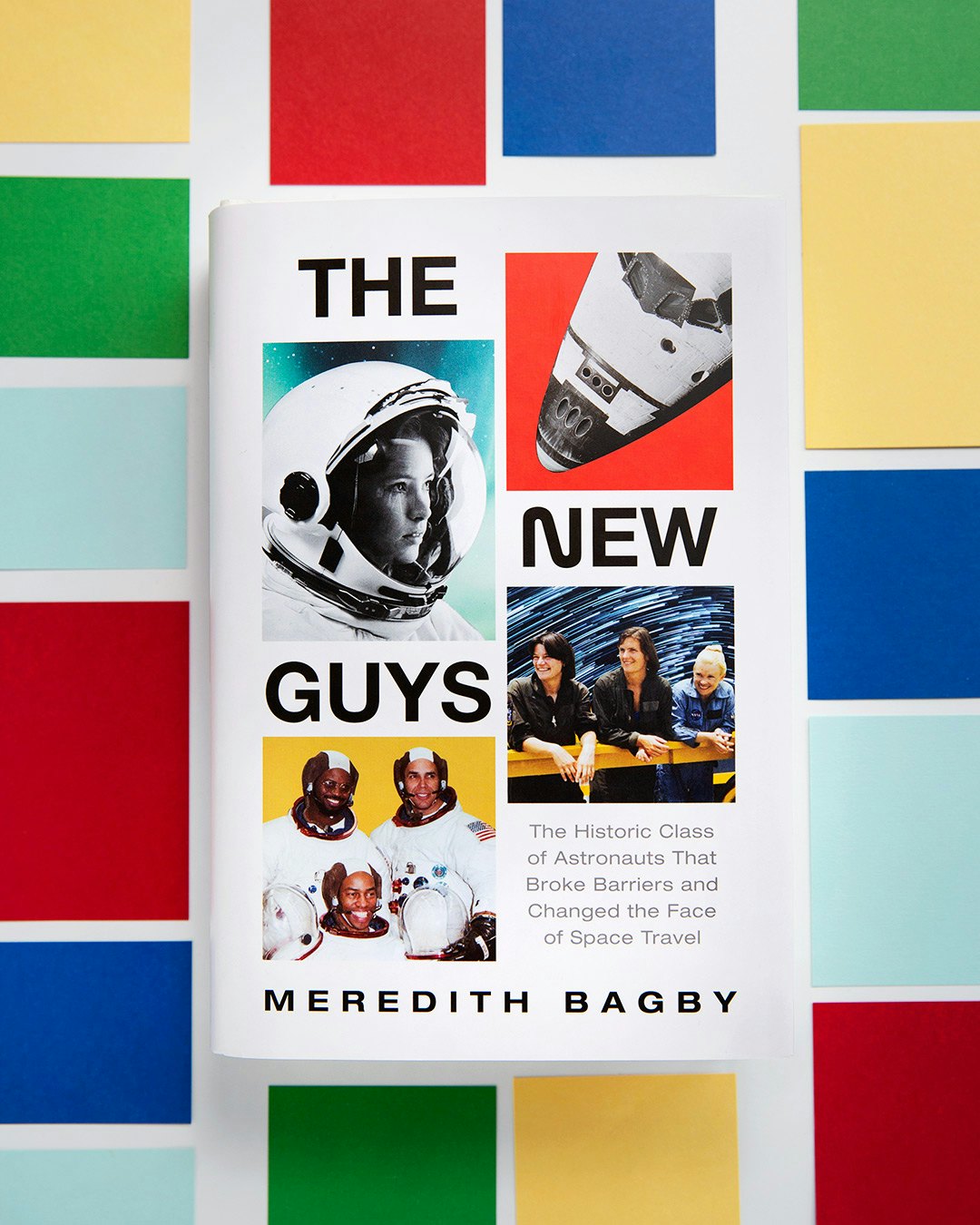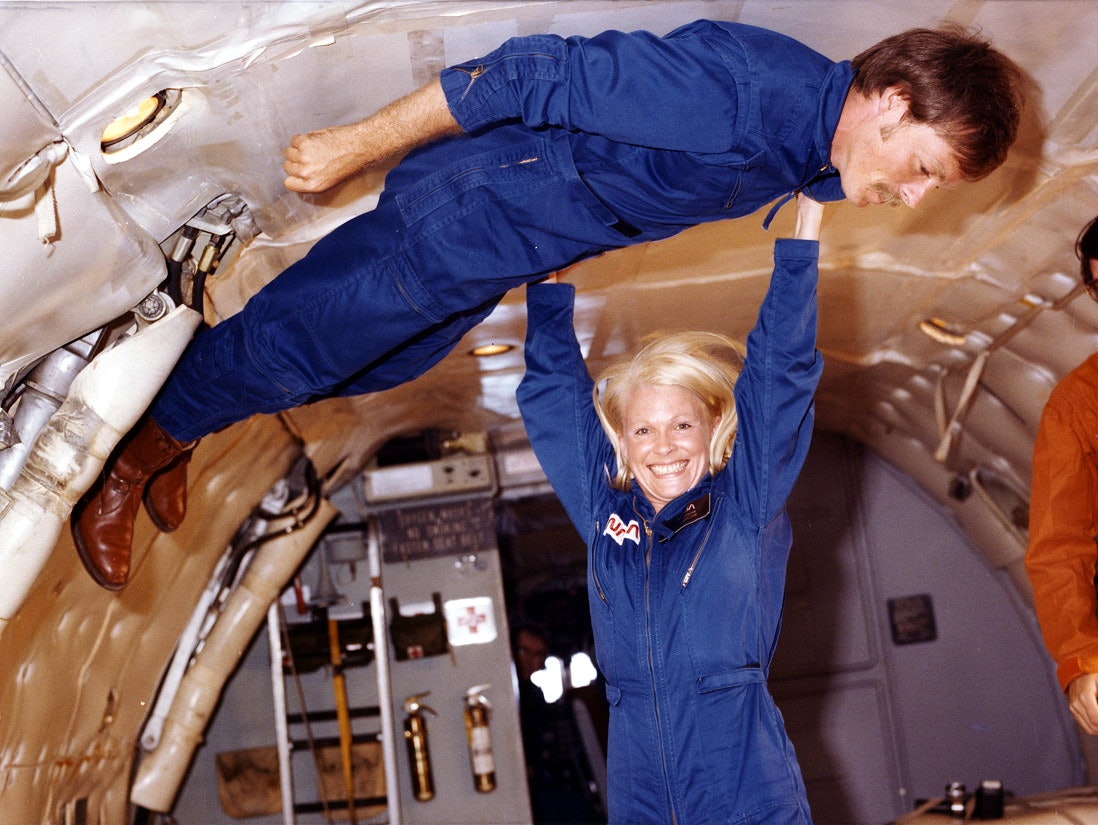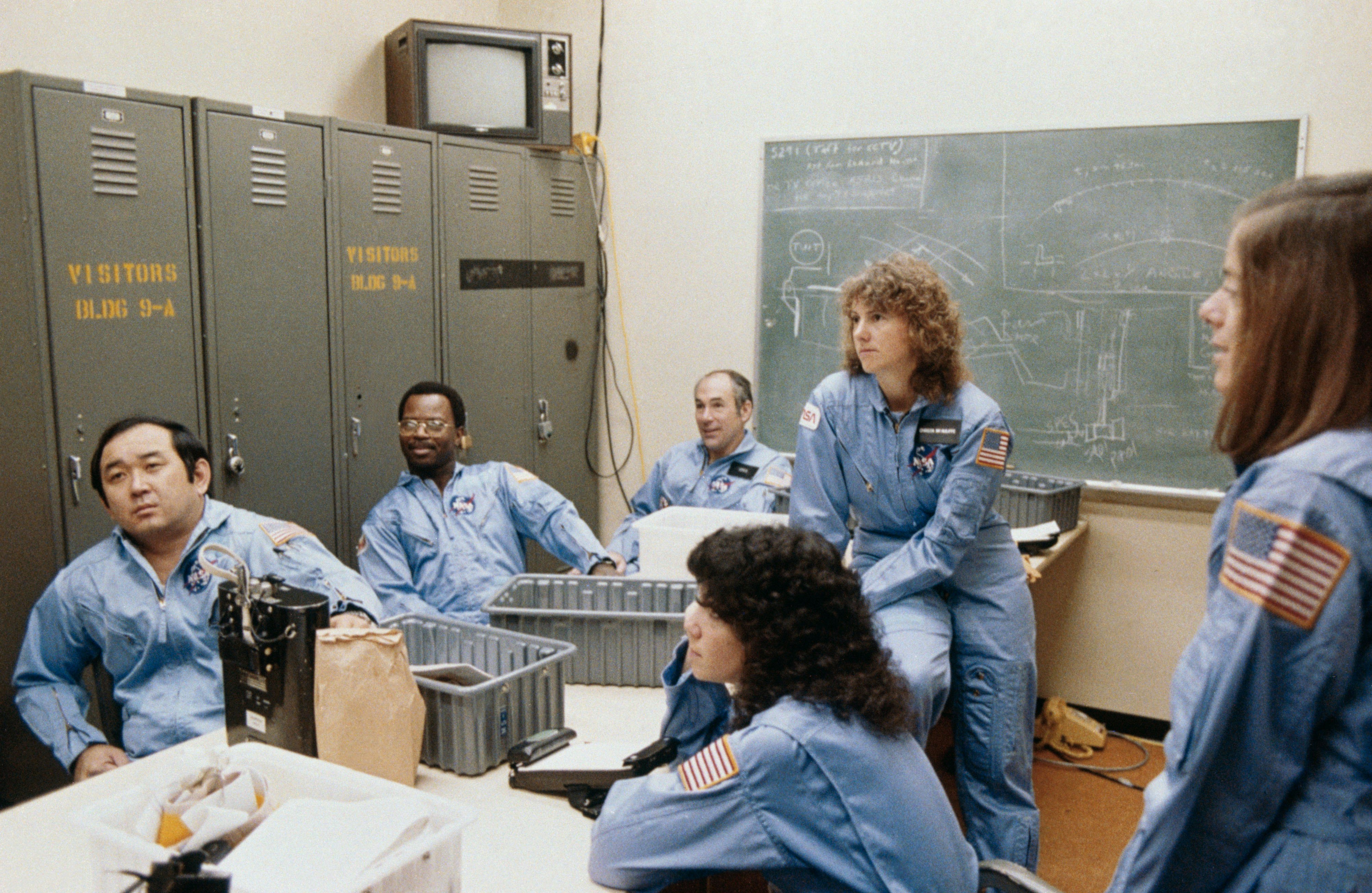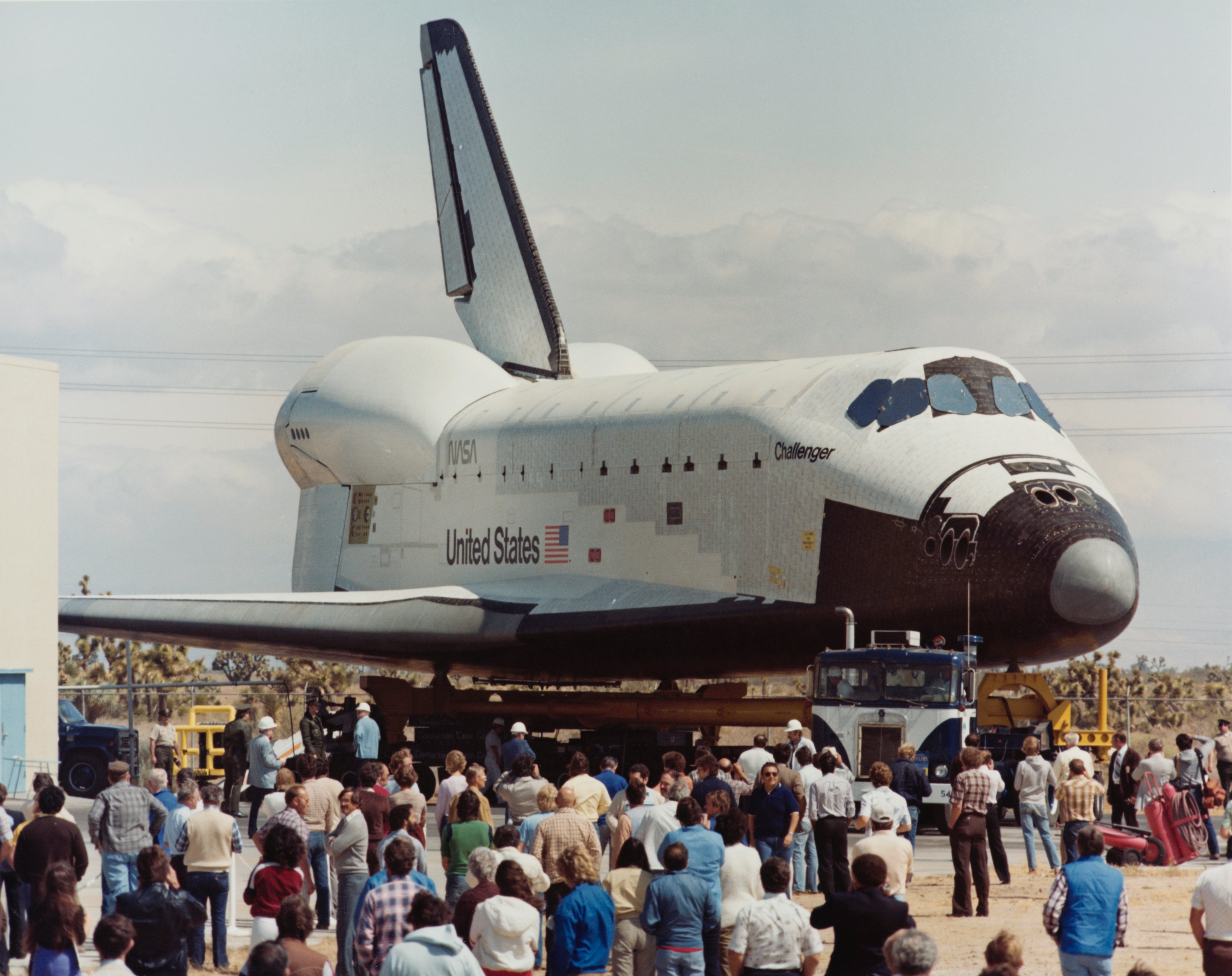
NASA is weeks away from announcing the crew for its next big flight to the Moon, when humans will return to lunar orbit for the first time since 1972. The astronaut selection will have less in common with the Apollo program than you’d think, however, and could better be informed by a moment in history starting in 1978.
That’s when NASA announced a new astronaut class that would include the first African Americans, the first U.S. women, the first Jewish people, and the first Asian American to reach space. In 1981 these voyagers would debut the Space Shuttle and reinvigorate space travel to the public. People around the world tuned in to watch their launches.
Meredith Bagby is the author of The New Guys, a book recently published by William Morrow, that covers this moment in time. The astronauts who premiered the Shuttle were part of the program’s allure, Bagby says. Many of these fresh faces had no military backgrounds and held diverse racial and gender identities. That’s much like the selection process of Artemis, where NASA has stated it intends to send a woman and a person of color to land on the Moon.

The book details personal stories, too. For instance, it touches upon the decades-long gay relationship that Sally Ride, the first American woman in space, may have felt pressured to hide but which was an integral aspect of her private life.
Bagby fondly recalls her grade school teacher in Florida who applied for the teacher position that eventually went to Christa McAuliffe. He spent a year teaching Bagby’s fifth grade classroom about NASA and space.
Bagby wants the first Shuttle astronaut class to get their laurels. The 1978 class, officially called Group 8, and unofficially known as The F*cking New Guys (TFNG), was Apollo for a new generation. Inverse spoke with Bagby about what inspired her to write the book, and why she wants to tell their personal stories.
Inverse: Why pick this moment to talk about the Space Shuttle?
Bagby: The class that I wrote about are in their golden years. Some have passed on. I was so fortunate to be able to talk to a majority of them and so many of their classmates. That was important — to get that living history down on paper.
I think we’re at kind of this new phase, where we are starting up again. It feels very familiar today to the early days of the Space Shuttle program, where we were starting this new venture. I think there are a lot of parallels to be drawn. We’re going into this next phase of space travel which involves commercial and private industry. Commercial entities are covering low-Earth orbit. Meanwhile, NASA is trying very hard to go back to the Moon.
I think we’re also asking the question, especially as private industry gets involved, of who gets to go to space, and who chooses? Having representation and diversity in space is important, and this is the story of the first time that the U.S. really tried to do that.

Diversity doesn’t always mean that certain systemic things change. Were you surprised by what diversity really meant for this class of astronauts?
I think we see diversity in this country in buckets. Like okay, here are the women, and here are the African Americans, and here are the Asians. And there is a way in which we work with a blunt-edge tool in terms of trying to create diversity.
I think what’s interesting about this group is that they had that kind of diversity. They had six women and the first four men of color.
But they also had some other kind of diversity by nature of the fact that they weren’t all military and weren’t all test pilots. They were civilians. I mean, I don’t think it’s a majority, but I think almost half of them were civilians. (Author’s note: 10 of these 35 astronauts were non-military. They were: chemist Anna Fisher, astronomer Steven Hawley, astronomer Jeffrey Hoffman, biochemist Shannon Lucid, physicist Ronald McNair, astronomer George Nelson, biomedical engineer Judith Resnik, physicist Sally Ride, surgeon Margaret Rhea Seddon, and geologist Kathryn Sullivan.)
You had a diversity of thought about politics for the first time. You had people with more of a liberal bent in the program. You also had a diversity of religion. You had a broader diversity than you had just on its face.
What kind of jumped out of the page for me was the power of the narrative that we tell about ourselves. What could you say about how we can sometimes pivot and do a hard 180 [degree] and do something different in our lives?
Some of the group I wrote about had this lifelong dream — like Anna Fisher and Shannon Lucid — to be an astronaut. And when that message came from NASA, they were there. I mean, they knew they wanted it. Ron McNair was also in that bucket. Then you have others like Sally Ride, Judy Resnik, and Fred Gregory to a certain extent, who were just kind of going about their lives. They were high achievers and curious people. But they hadn’t envisioned they were going to be astronauts. But yet they got this opportunity, they saw it for what it was, and they saw they could be part of it.
And then they shifted off what they were doing, whether it was Judy Resnik who was an engineer, or Sally, who was getting a Ph.D., or Fred, who was a pilot. They jumped ship, saying ‘This is the next great thing, I’ve got to do it.’’ Something called to them.

How did it feel to be a young kid during the advent of the Space Shuttle?
It was so exciting. I’m from Florida. NASA is a big part of the economy in those areas of the Cape, South Florida, and Central Florida. I had relatives that worked for NASA. It was just super exciting to be an eight, nine, and 10-year-old learning about the Space Shuttle, and then thinking that my teacher might go up to space. I remember he brought Space Shuttle tiles, and he would put a flame underneath them. I remember going to the Cape and eating the astronaut ice cream, which is a big treat. I was dreaming of going to Space Camp, so that was all super exciting.
We followed the launch of Challenger live. I remember when I was in fifth grade, going out on the field with our whole school. Just like millions of students all over the world watching that day, we saw the Challenger explode — and what a tragedy that was for the whole country. It was confusing for students, and then for the teachers to try to explain to us what had happened. That moment definitely always stayed with me.
I have a real fondness for the Shuttle. I tear up every time I see it. I’m in Los Angeles and so I take my kids to go see the Space Shuttle Endeavour at the California Science Center, and I have a very emotional connection to it, like a lot of people do of my generation.

What was the highlight of writing the book, and what would you say was the most difficult part of the book to put together?
The highlight of the book, for me, obviously, was just spending time with the astronauts themselves. And some of it I got to do in person; a lot of it I had to do over Zoom. But I really felt like I got to know them and understand their lives.
The hardest part of the book was just the sheer number of points of view that I had to deal with. Which I basically decided, look, there are 10 people that I want to talk about. And these are the 10 diverse astronauts and I want to give everybody their moment in the book. And that was really hard.
I think some editors passed on the book because there were just too many points of view. And they just didn’t feel like a reader would want to grapple with all of that, and all of the names. I really appreciate my editor, who was like, “No, this is all part of a woven history and it’s okay.’”The other tough part of the book is obviously writing about Challenger itself, especially the recovery of Challenger. Emotionally, that was really tough.
Even though the Challenger disaster is such a cornerstone of your experience with the Shuttle, and you still remember that moment vividly to this day and you were there in person and saw it, you don’t start the book talking about that. Was there a deliberate choice on your part with how you broached the topic of Challenger? And how to frame the disaster in the book?
I went back and forth so many times! I had a version of the book that started with it. And I put it back in, and deleted it, probably a hundred times.
I discussed it with my editor, and at the end of the day, we didn’t want this to be a Challenger book because there’s been so much written about the Challenger.
The Challenger disaster wasn’t the only thing that happened. It was a big part of their history but it wasn’t the only thing that they did. And we didn’t want to focus just on the tragedy. There had been so many successes in this class. And the majority of their career was hopeful and successful. And overall, the Shuttle was a tremendously successful program. So, it was a choice not to start with it.
It is the most familiar thing, unfortunately. The Challenger [disaster] is one of the most iconic events of the program, and I really felt like that it was a horrible thing and NASA learned from it, but there’s all this other much more optimistic story to tell.
This interview has been edited for length and clarity.







